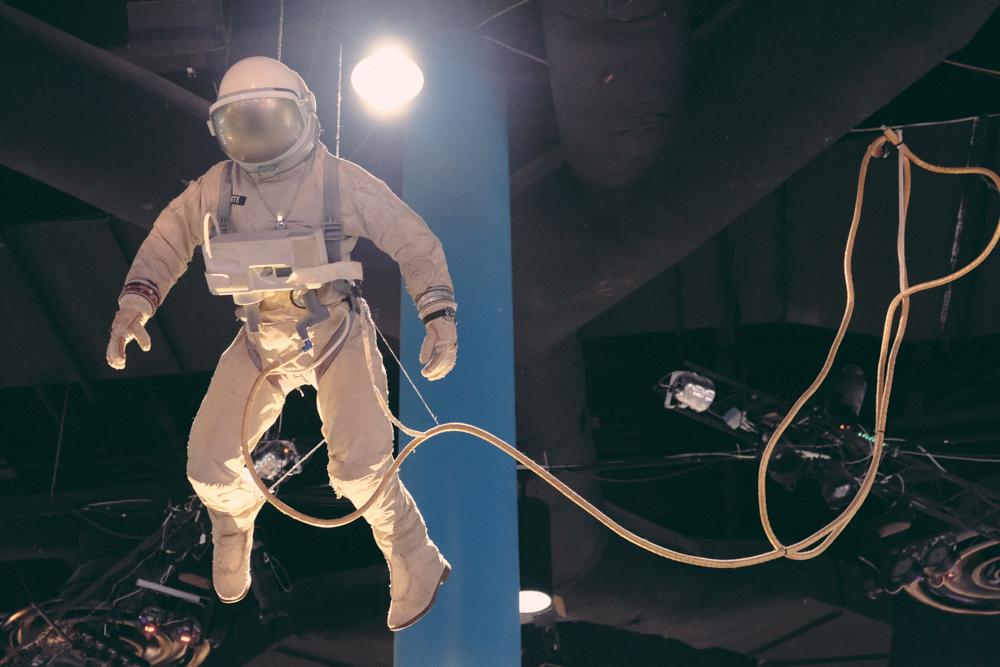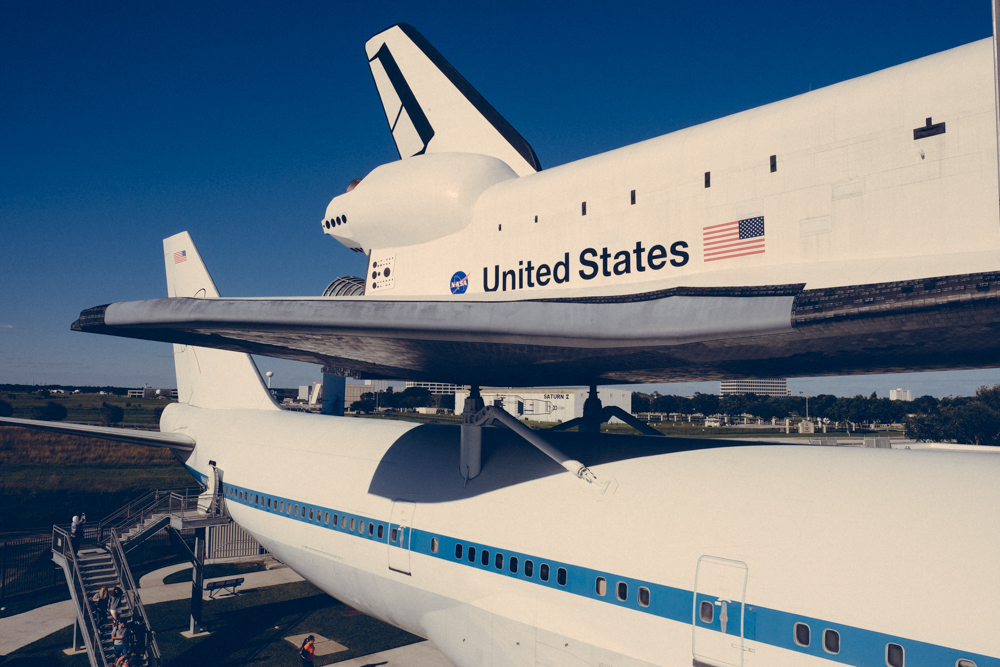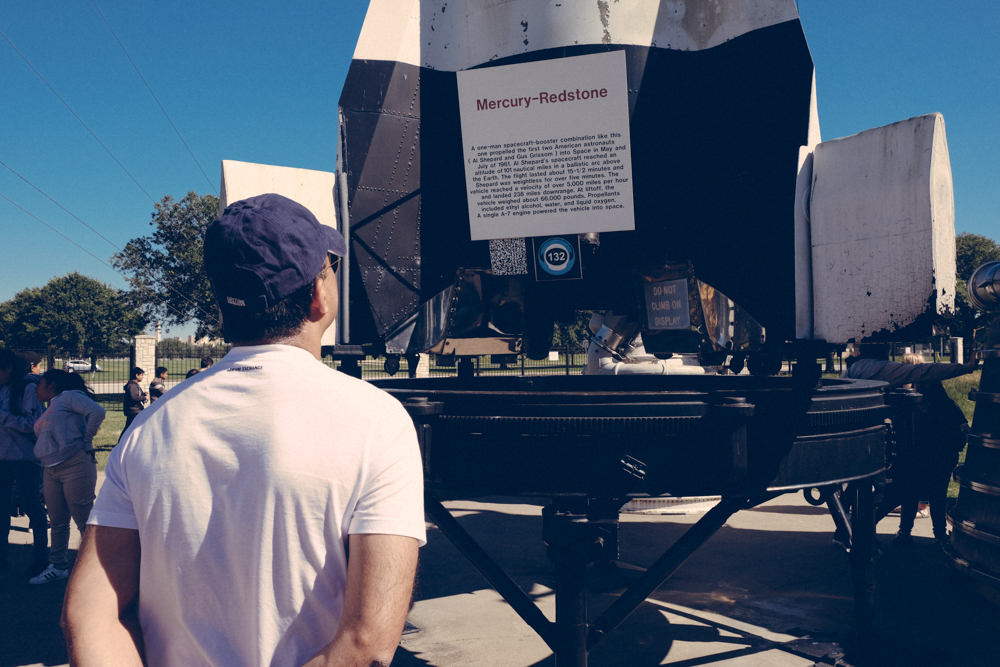The last time I went to NASA's Johnson Space Center was probably in the mid-90's with my parents. Then, it was highlighted by the newly opened Space Center Houston which provided up close looks at shuttle replica pieces, a theater that showed IMAX films about space and the shuttle program and a place to get up close and personal with science. they even had a Saturn V rocket sitting out in the open. Today, Space Center Houston has become a major tourist attraction in the "space city" with the new Independence Plaza showing off the only shuttle mockup docked on top of the NASA 905 Shuttle Carrier Aircraft.
I was amazed by the sheer size of walking into a mostly hollowed out Boeing 747, knowing that there was a vehicle meant for space travel on top. the last time I'd seen a shuttle on top of the Shuttle Carrier Aircraft was in September of 2012 as the shuttle Endeavor made its last flight around Houston before heading to California. Getting to be so up close and personal after seeing the same type of aircraft buzzing around the skies was like being a child again.
Into Rocket Park
The last time I stood next to one of three remaining Saturn V rockets was in the mid-1990's where it was open to the fickle Texas humidity, weather and pretty much anything else. In 2004, the Smithsonian began a partnership with Space Center Houston and constructed a massive complex to house the rocket and keep it from deteriorating further. The enormity of the Saturn V is truly breathtaking and it's hard to believe that something had to be that size to take a mere three people into space.
Along the far wall of the exhibit, the Apollo missions are chronicled in detail to show just how big a part of space exploration the Saturn V rocket played. Standing next to the type of vehicle that took the first man to the moon is truly inspiring and is definitely a must see when you come to Houston.
The outside section of Rocket Park lets you get up close and personal to unused rocket parts, engines and even a Mercury Redstone rocket like the ones used to take the first American astronauts to space in the Mercury program.
Bring Kids, and the Parents Too
Walking through Space Center Houston as an adult was a bit surreal. I remember the first time I saw the Skylab trainer in the Center's Starship Gallery and I got almost the exact same feeling when I saw it again as an adult. Chalk it up to the sense of awe that surrounds space travel and the things unknown. Even the science exhibits meant to teach kids basic concepts of engineering, math and science were fun to play with and learn from. Space Center Houston definitely holds enough fun for kids and adults alike, because when it comes to space travel, we're all pretty much learning together.
Space Center Houston is a wonderful place to visit and I look forward to heading back soon and finishing up some of the tours of Johnson Space Center since the wife and I are now card-carrying members. You can find out more information on visiting and about the exhibits at Space Center Houston here.


















